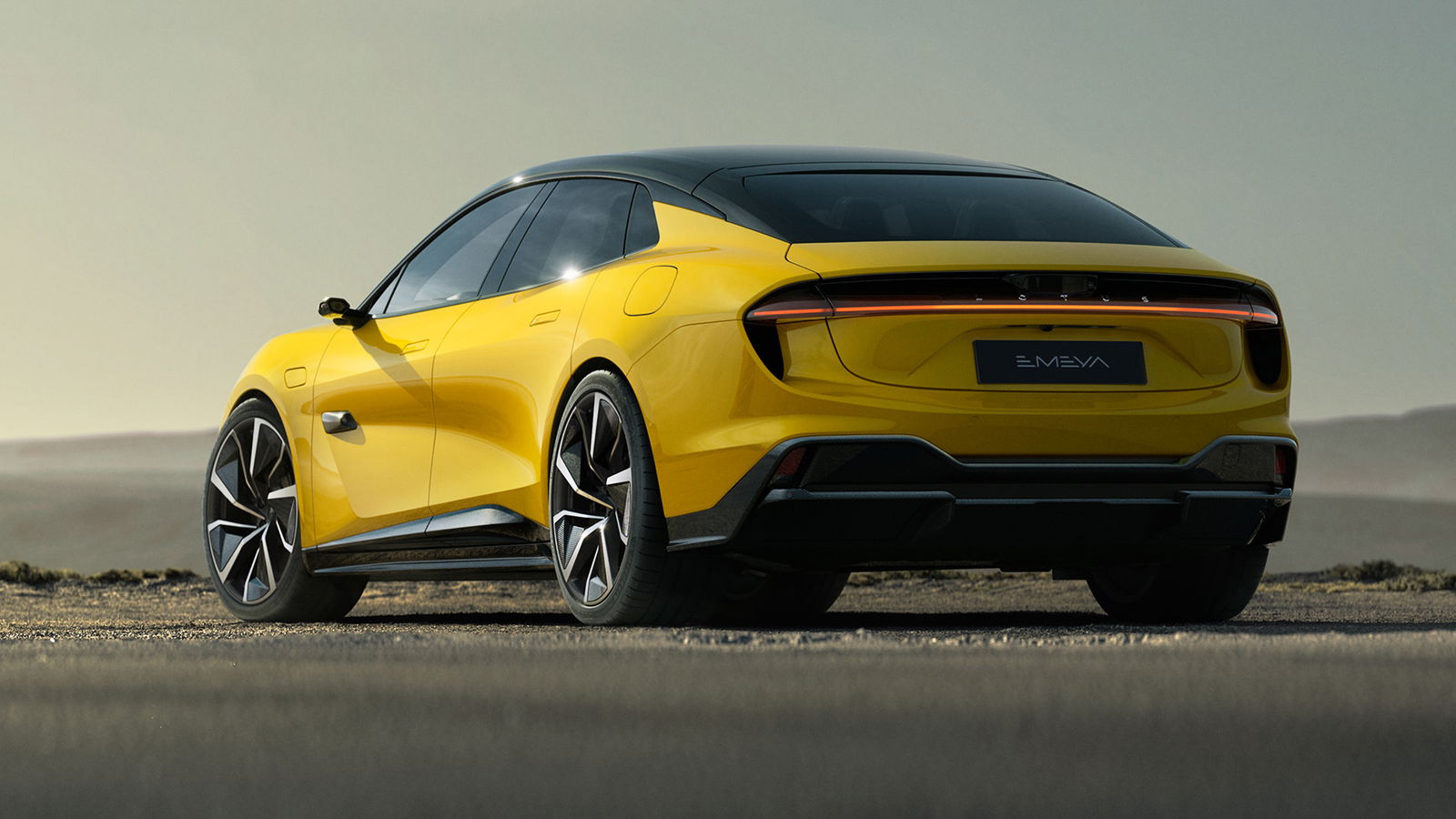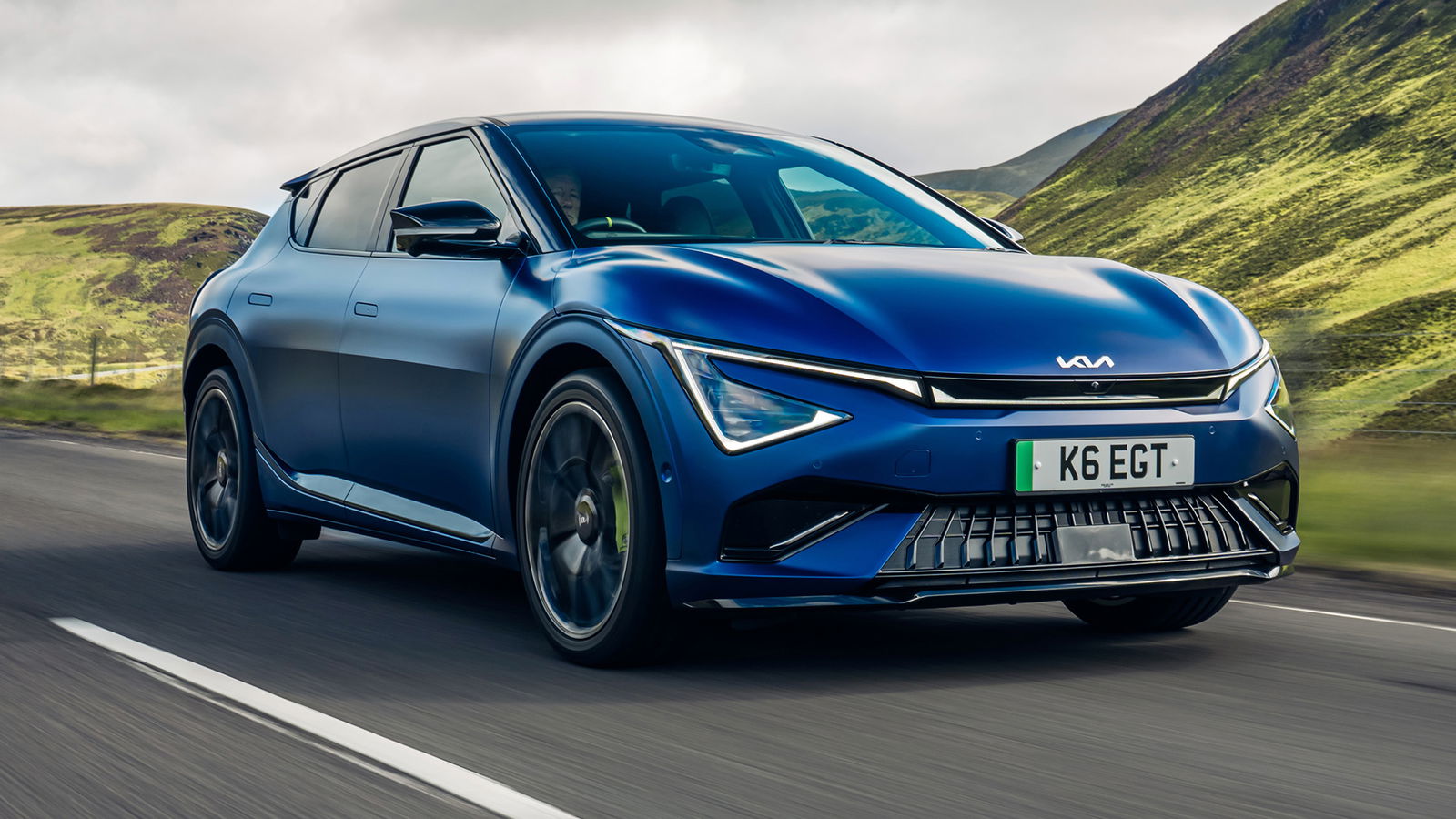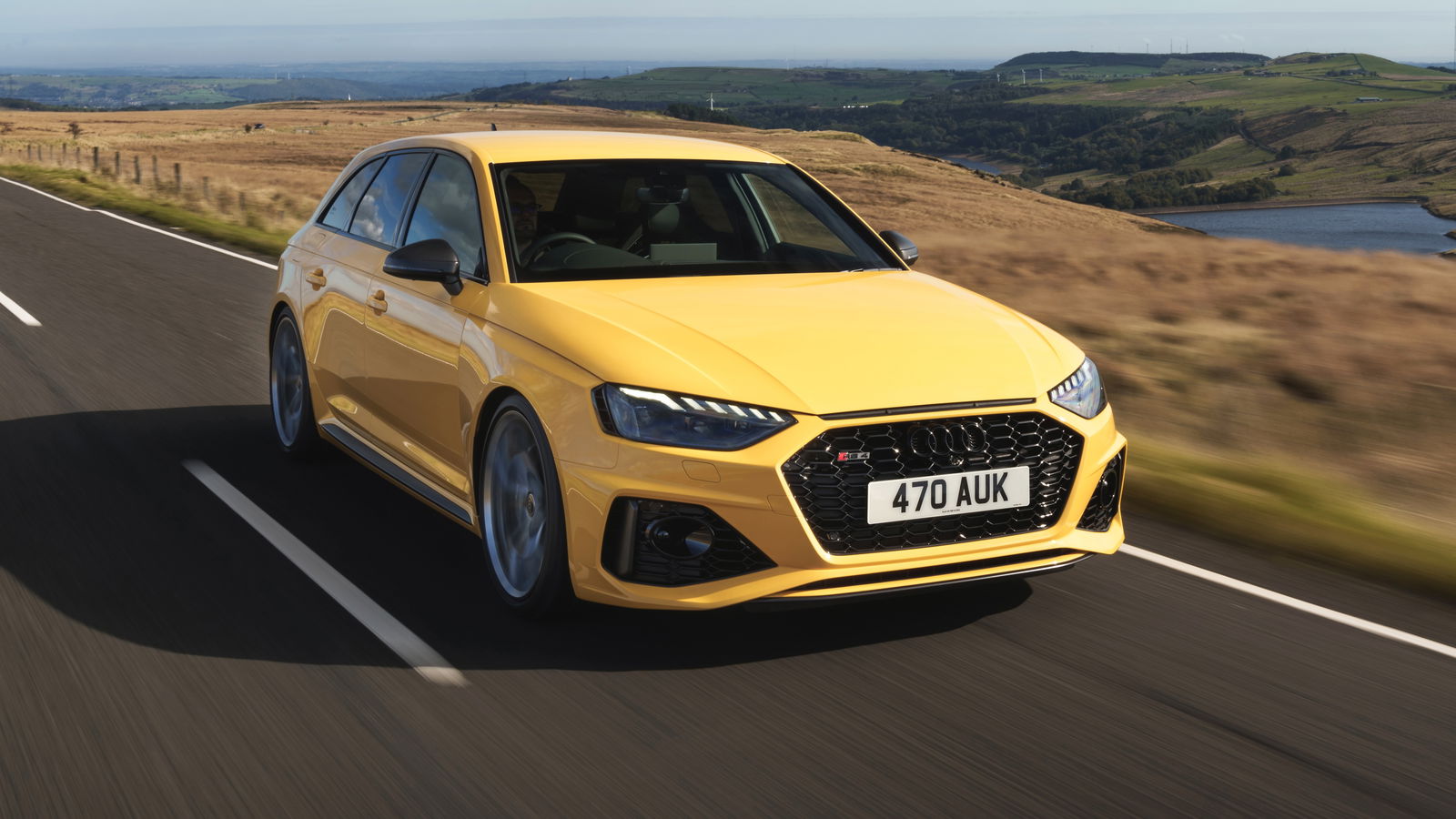Lotus Emeya Review: A Good Electric Car, But Is It A Great Lotus?

Pros
- Excellent build qualityBlisteringly quick
Cons
- Assistance tech is far too intrusiveDoesn’t excite like a Lotus should
Following up the Lotus Eletre with the Lotus Emeya may have been a bit of a masterstroke for the Hethel-based manufacturer, if not quite in a way that it planned. With the motoring world able to get its disgust at a two-and-a-half tonne electric EV wearing a Lotus badge out of its system, the arrival of a lower saloon using largely the same components became an easier pill to swallow.
Could you still call this one a true Lotus, though? Now, we could make a comparison here between the Emeya and Hethel’s other saloon, the legendary Lotus Carlton, but there’s not even an attempt at tracing some DNA here.
See, while the Emeya wears the badge of one of Britain’s finest sports car manufacturers, it has very few roots in the country beyond that. Engineered and designed in Germany, and built in China by parent company Geely, it’s barely a Lotus at all on paper.
In some ways, that’s a good thing. Take the fit-and-finish of the beautifully crafted interior for a start, which feels so space age that we could feasibly see it labelled as the cabin of a UFO by Norfolk’s local news outlets if one were spotted in the area.

Practically every surface is covered in soft-touch leather, and the build quality is quite frankly, remarkable. Not just for a Lotus, nor a Chinese car, but altogether.
The actual logistics of the cabin open up some debate, though. We’re not fans of the octagon-like steering wheel for a start, and we suspect you’ll universally be in agreement that shoving most of the car’s functions into the central screen is irritating.
Particularly as you need to come out of Android Auto or Apple CarPlay to access the climate control, and tap back into it – a process which will set off a hateful attention warning system. We’ll let our thoughts on that one simmer for a moment. At least the rest of the software is well designed, runs smoothly and feels intuitive to use.
You also sit higher than you may expect. Despite the silhouette of a low-slung electric saloon, a raised floor means the driving position is more SUV-like than we had initially expected. That may be to your tastes, but not quite ours in a car wearing a Lotus badge.
It’s spacious, though. Not just for those of you upfront, but your passengers in the rear. Even vertically blessed adults shouldn’t struggle to stretch out, though they may find the sloped roofline compromises rear headroom a touch.

“But this is a Lotus”, I hear you cry, “Does anyone really care about any of that? How does it drive?”. Fair comment. Short answer? Not very Lotus at all.
This one is the 600, with its dual-motor setup (one on each axle) providing 603bhp and 524lb ft of torque. On paper, it’s said to do 0-62mph in 4.2 seconds and crack on to a 155mph top speed. There’s the 900 if you want more, but honestly, we don’t think it’s necessary.
The turn of pace of the 600 is already mind-boggling enough. Put it in Sport, feel the electronic suspension shimmy itself to deal with max acceleration, pin your foot down and be ready for your stomach to be plunged through your back.
It’s brutally quick. Yes, we’ve come to expect this from high-performance EVs, but the sensation of the Lotus is particularly bonkers – and that comes without any software or audio trickery to heighten that. Just sheer power.
Not very Lotus in that sense, then, either. Nor is the way it corners – this is a heavy, heavy car, no matter how you frame it, and it struggles to shake that. While the steering feels pretty direct, attacking corners only tends to lead to understeer and waftiness, even with the suspension in its raciest setting. Agile and taut are not adjectives you’d use here.
Then there’s the disconnected braking feel. Six-piston callipers sit on the front axle with floating callipers on the rear, gripping 412mm and 397mm discs respectively. While there’s little to complain about when it comes to stopping power, the feel through the pedal is pretty spongy, and the transition from regenerative braking is a little too jerky for our liking.

Out on the motorway? The Emeya is absolutely at home cruising at speed. Minimal wind and road noise, and delightfully comfortable at pace. That is, if you can get over the overly intrusive attention warnings and lane-keeping assist, which will go nuts at the slightest movement towards the edge of a lane.
It will chew through its electric range no matter how you’re driving, though. Despite the 102kWh gross capacity battery and claim of 360 miles on a full charge, a 2.4mi/kWh return from a full week of testing gave us a real-world figure much closer to 230 miles. An annoying note on an otherwise fine electric car, and one that’s respectable value for money – the Emeya starting with £84,900, while a comparable performance Porsche Taycan 4S will set you back £96,200.
As a Lotus, though? The Emeya just doesn’t cut the mustard for something wearing that badge. We may have to move on from expecting ‘simplify, and add lightness’, but that doesn’t forgive the Emeya for not being a fun car.



Comments